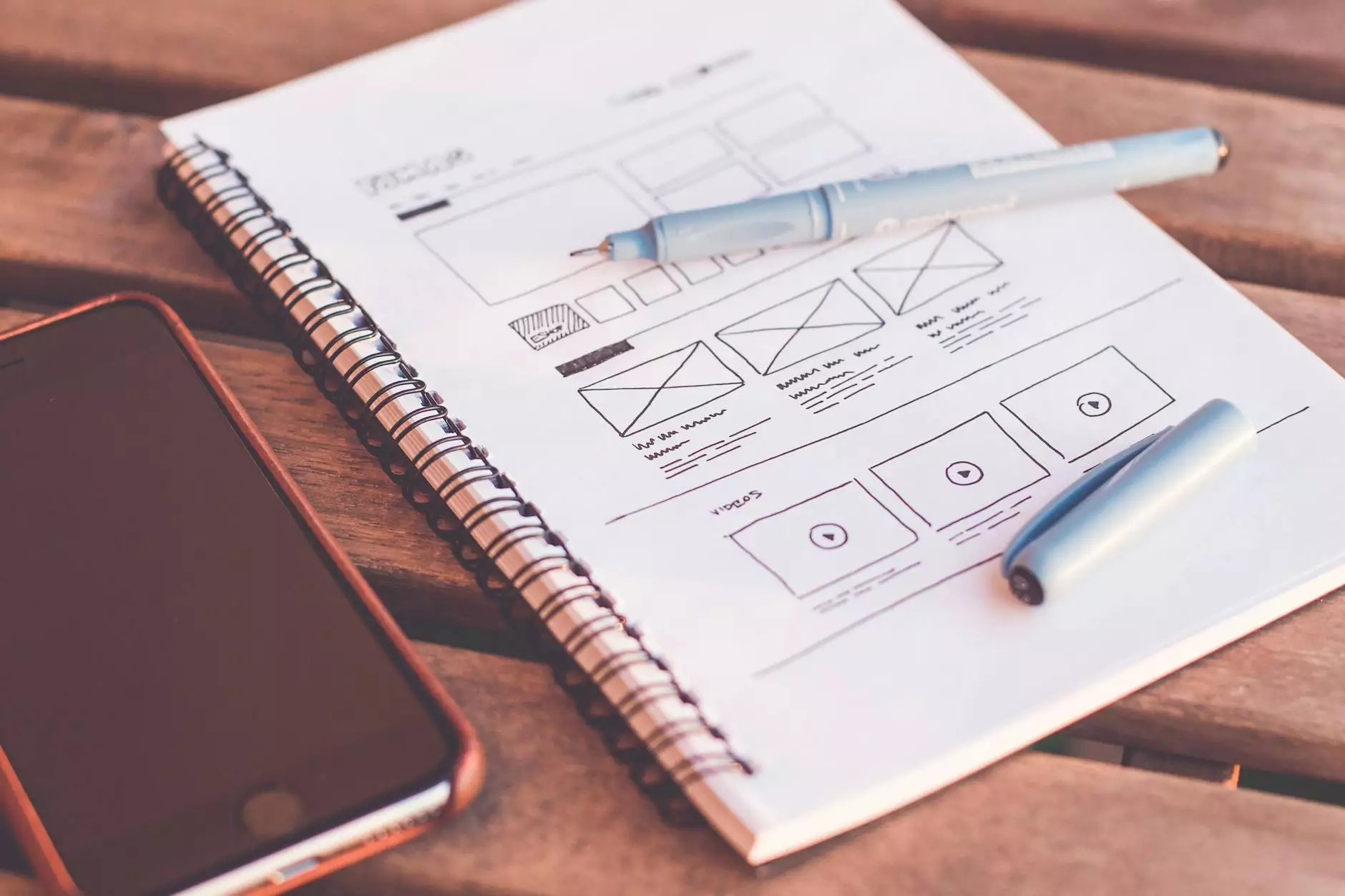UI Design: Definition, Benefits & Best Practices for User Experience

Welcome to the comprehensive UI design guide provided by OVYS Digital Presence and Web Design, your go-to partner in website development for business and consumer services. In this article, we will delve into the definition of UI design, its numerous benefits, and the best practices for creating an exceptional user experience.
What is UI Design?
UI, short for User Interface, refers to the visual layout, screens, buttons, icons, and all other elements that users interact with when using a digital product or website. UI design focuses on creating an intuitive, visually appealing, and user-friendly interface that enhances the overall user experience.
UI designers have a crucial role in bridging the gap between the user and the digital product or website, ensuring smooth interactions and a seamless journey for the users. They employ various design principles, patterns, and techniques to craft engaging interfaces that meet users' expectations and needs.
The Benefits of UI Design
Effective UI design offers numerous benefits for both the users and the businesses that utilize it. Let's explore some of these benefits:
1. Enhanced User Experience
A well-designed user interface greatly enhances the overall user experience by providing visually appealing and user-friendly interactions. Intuitive navigation, clear information hierarchy, and visually consistent elements contribute to a positive user journey, ultimately leading to increased user satisfaction and engagement.
2. Increased Conversion Rates
An easy-to-use and aesthetically pleasing interface have the potential to drive higher conversion rates. When users find a digital product or website visually attractive and effortless to navigate, they are more likely to trust the brand, explore further, and convert into customers or take desired actions.
3. Improved Brand Perception
UI design plays a crucial role in shaping the brand perception in the digital realm. A visually consistent and well-crafted interface helps establish a strong brand identity, reinforcing brand values and creating a memorable impression on users. A positive brand perception leads to increased brand loyalty and recognition.
4. Competitive Advantage
In the competitive online landscape, UI design can provide a significant advantage to businesses. A thoughtfully designed user interface sets a brand apart from competitors by offering a distinctive and memorable user experience. By prioritizing UI design, businesses can gain a competitive edge and stand out among similar offerings.
Best Practices for UI Design
To create exceptional user experiences, UI designers follow certain best practices that ensure intuitive and visually appealing interfaces. Let's explore some of these best practices:
1. Understand User Needs
Prioritize understanding your target users' needs, goals, and preferences. Conduct thorough user research, gather insights, and create user personas to inform your design decisions. Understanding your users' behaviors and expectations is key to crafting a UI that resonates with them.
2. Maintain Consistency
Consistency is crucial in UI design. Use consistent elements such as color schemes, typography, and iconography throughout your digital product or website to create a cohesive and visually harmonious experience. Consistency helps users navigate with ease and builds familiarity with your brand.
3. Keep it Simple
Simplicity is often a key aspect of successful UI design. Strive to eliminate unnecessary clutter, prioritize essential information, and enhance usability. A clean and minimalistic interface not only looks visually appealing but also reduces cognitive load and facilitates users' decision-making process.
4. Usability Testing
Conduct regular usability testing to gather valuable feedback and insights from real users. Usability testing helps identify any usability issues or pain points in your UI design, allowing you to make necessary improvements and optimize the user experience accordingly.
5. Optimize Performance
Ensure the performance of your digital product or website remains top-notch. Optimizing loading speed, responsiveness, and overall performance contributes to a seamless user experience. Users expect fast and efficient interactions, so make sure your UI design is optimized for performance.
6. Embrace Responsive Design
In the era of diverse devices and screen sizes, responsive design is a must. Create a UI that adapts seamlessly to different devices, ensuring a consistent experience for users across desktop computers, smartphones, tablets, and other platforms. Responsive design increases accessibility and widens your audience reach.
Conclusion
UI design plays a pivotal role in creating exceptional user experiences. By understanding the definition, benefits, and best practices of UI design, businesses can enhance their online presence, drive engagement, and build lasting relationships with their target audience.
Choose OVYS Digital Presence and Web Design for expert website development services tailored to meet the unique needs of your business and consumer services. Contact us today to elevate your digital presence and deliver outstanding user experiences through effective UI design.




